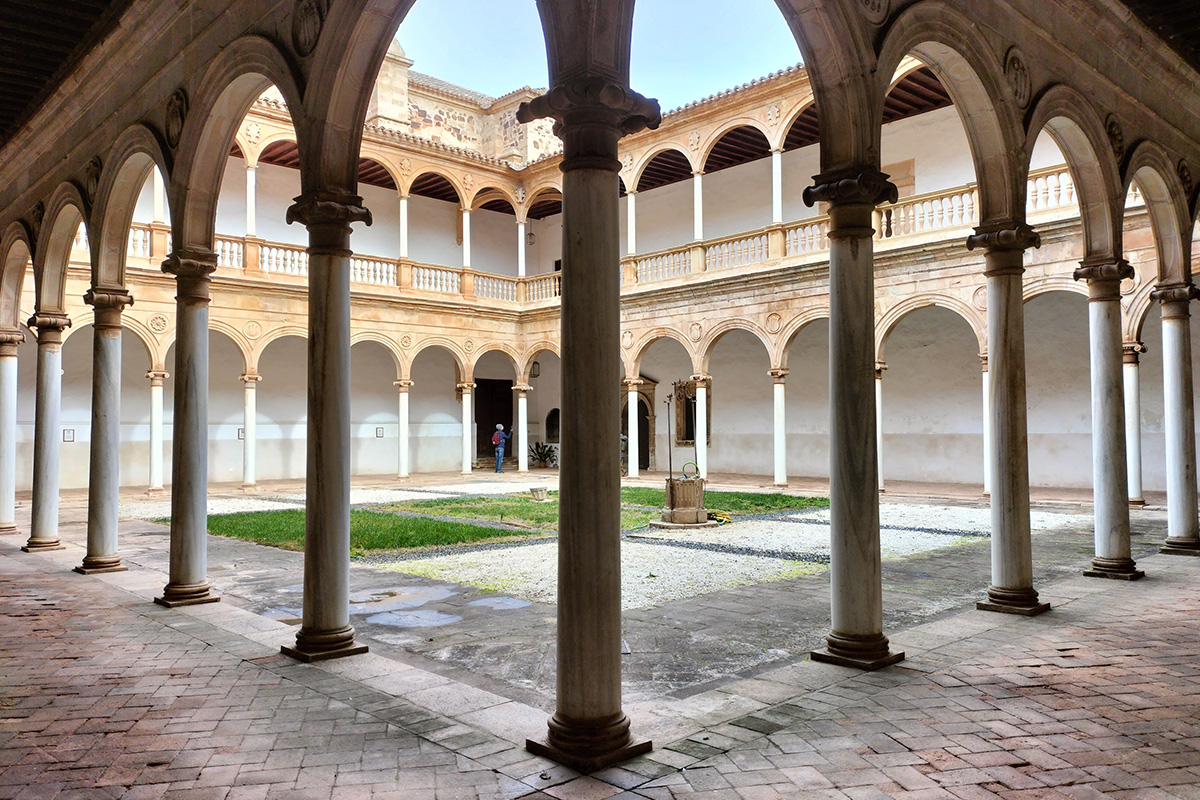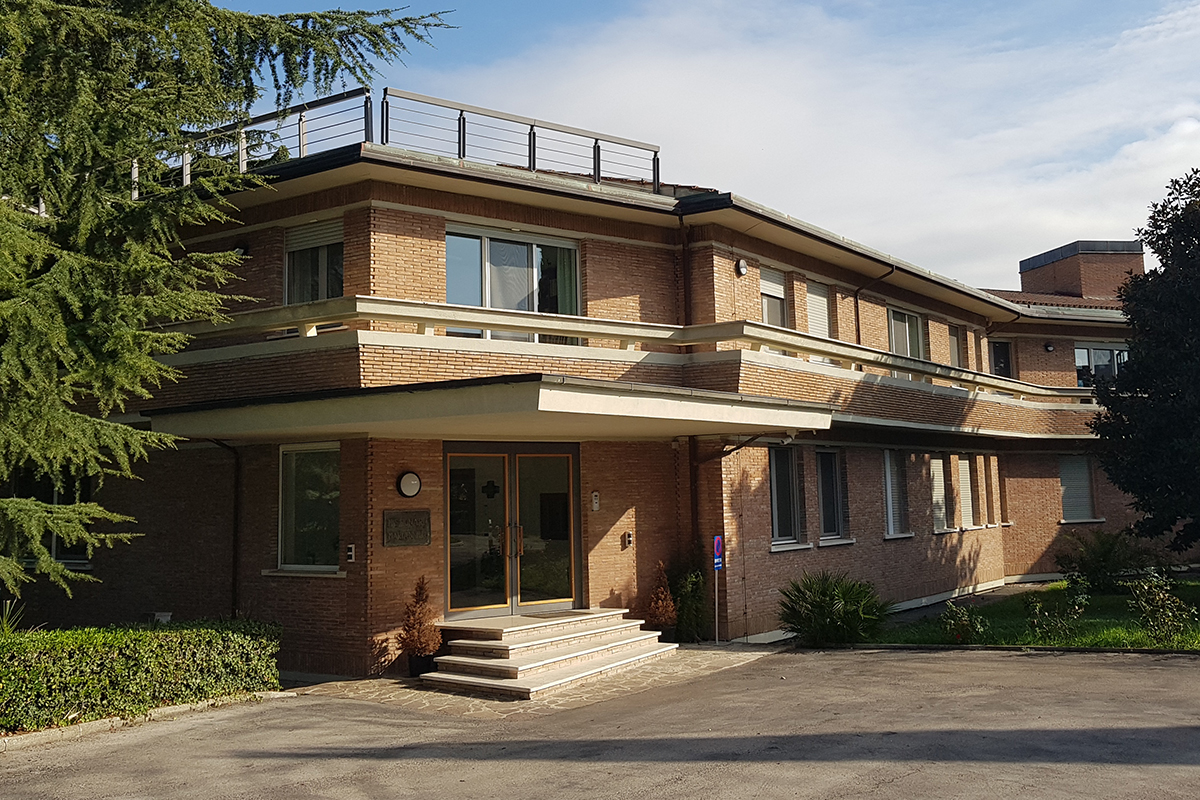|
Getting your Trinity Audio player ready...
|
- Property valuation has a significant impact in both secular and religious-ecclesiastical contexts.
- How should a property be valued? The larger the asset being appraised, the more complex the process becomes: every valuation must take a wide range of variables into account.
- IPMS, IVS, RICS: let’s take a look at the main universal property measurement and valuation standards.
- In the case of properties owned by the Church or the Vatican – the Holy See – their value increases when a greater number of permitted uses are allowed beyond the original designation.
- In addition to the overall property valuation based on commercial surface area, it is also essential to assess potential rental income: a practical example follows.
- Within religious and ecclesiastical settings, the accurate valuation of real estate assets is also crucial for effective strategic financial planning.
Size Matters
The proper valuation of a property is a procedure that becomes increasingly complex as the size of the asset grows. Each valuation must consider a significant number of variables. In this article, we provide an overview of the key factors involved in properly assessing a property with religious or ecclesiastical destination. Property valuation significantly impacts both secular and religious-ecclesiastical settings. Consider, for example, a religious congregation, a diocese, or another ecclesiastical body seeking to capitalise on real estate investments: in such cases, it’s essential to determine the property’s actual profitability—defined as the ratio between the annual rental income and the property’s market value.
So, how should a property be valued, and what elements must be considered? Let’s explore, step by step, the valuation process for properties designated for religious or ecclesiastical use.
Assessing a property: universal measurement standards…
The foundation of any accurate property valuation, especially for large-scale assets, is the measurement of the so-called commercial surface area. In valuation terms, reference is made to the following types of surfaces:
- commercial surface area, used for sales transactions;
- net usable area, used for rental purposes;
- gross usable area, applied in other cases.
To calculate the commercial and net surface areas, the international standards IPMS 1 and IPMS 2, or International Property Measurement Standards, are used. The IPMS establishes standardized conventional tables to determine measurement methods, specifying percentage allocations for different surface types. For instance, 100% for a primary surface above ground level, lower percentages for technical rooms, basements, balconies, gardens, etc. This homogenization of surfaces allows the establishment of a single standardized property area, to which the market price per square meter or square foot, calculated in euros or other currencies, can be applied seamlessly. Even a minor fluctuation of 2-3% in complexes spanning thousands of square meters can have a significant impact when applying the value per square meter or square foot.
…and evaluation standards
Once the relevant surface area has been identified, the IVS² come into play. Each year, the International Valuation Standards Council updates the guidelines for the proper valuation of real estate complexes, affecting key valuation factors such as location, maintenance condition, facilities, etc.
The IVS standards are supplemented by even stricter guidelines for companies and professionals who are members of RICS (Royal Institution of Chartered Surveyors). RICS also outlines essential formal requirements for accepting valuation assignments, as well as numerous minimum standards defined in the RICS Red Book³.
Evaluating ecclesiastical properties: the impact of alternative uses
In Italy, properties owned by the Vatican – Holy See, religious congregations, dioceses, or ecclesiastical entities are often designated for conventual urban use, more precisely defined as collective residential use, with a B/1 Italian cadastral classification.
If an entity intends to sell a property, the valuer must conduct a thorough analysis of the zoning plan and consult relevant urban planning authorities and technical offices. This step is essential to determine the potential for changing the property’s destination. If a convent cannot have its destination changed, the pool of potential buyers is limited to other entities wishing to use it similarly.
Property value increases significantly when multiple designations are permitted, allowing for transformation into for example residential or tourist-accommodation purposes (e.g., hotels and guesthouses). Additionally, for properties owned by ecclesiastical entities in Italy, it is crucial to verify whether the building is subject to the Ministry of Culture protection. If the Ministry of Culture imposes a heritage protection status, the property’s sale or transformation must undergo a mandatory approval process through the relevant State Superintendence for Cultural Heritage.
READ ALSO: Ecclesiastical properties of religious institutions and the Vatican: reuse and social enhancement
Value per square meter
In our analysis of property valuation, we arrive at the assignment of a value per square meter, which applies to both sales and leases. The most reliable estimate considers critical factors such as:
- location;
- size;
- potential changes in use designation;
- ministerial restrictions;
- state of conservation;
- building morphology;
- facilities;
- any additional allowed building volume.
A direct market comparison based on similar properties is also a decisive factor. However, in many cases, comparable sales involving convents in the same area may not be available, making the valuer’s expertise and professional judgement all the more essential.
Rough value verification via direct capitalization: a practical example
In addition to the overall property valuation based on commercial surface area, it is crucial to assess the potential rental income. Based on the net internal area (NIA), also referred to as the gross internal area (GIA), this method provides a cross-check of the actual market value. Let’s consider the following example:
Commercial surface area: 4,000 sqm
Value per sqm: €2,000
Estimated market value: €8,000,000
Net internal surface area / GIA: 3,800 sqm
Rental value: €8/sqm per month (€96/sqm annually)
Estimated annual rental income: €364,800 (3,800 x 96)
Estimated monthly rental income: €30,400
If this rental value is accurate, the property would yield a 4.5% annual gross return (€364,800 / €8,000,000).
The expected return should be around 4% annually. However, several factors must be considered: the higher the prestige of the area, the lower the acceptable yield (e.g., 2% in London’s Knightsbridge), given the minimal vacancy period. Conversely, in remote areas, yield expectations increase to 7-8% annually, compensating for longer vacancy periods and higher risk. A 4% return equates to a 15-20 year investment recovery period (€8,000,000 / €364,800 = 22 years). If the rental value can be increased, the market asking price can also be higher, and vice versa.
The future is now
In conclusion, independent of religious or ecclesiastical considerations, the most probable market value of a property is determined by its actual income-generating potential. The decision ultimately lies with the property owner: whether to sell the asset and reinvest in other asset classes or to rent it out for revenue generation. For properties owned by religious congregations, the Vatican – Holy See, dioceses, or other ecclesiastical entities, an accurate real estate valuation remains essential for strategic financial planning.
NOTE
¹ Learn more: International property measurement standards (IPMS)
² Discover more: International valuation standards (IVS)
³ For further information: RICS Valuation – Global standards (Red Book)










